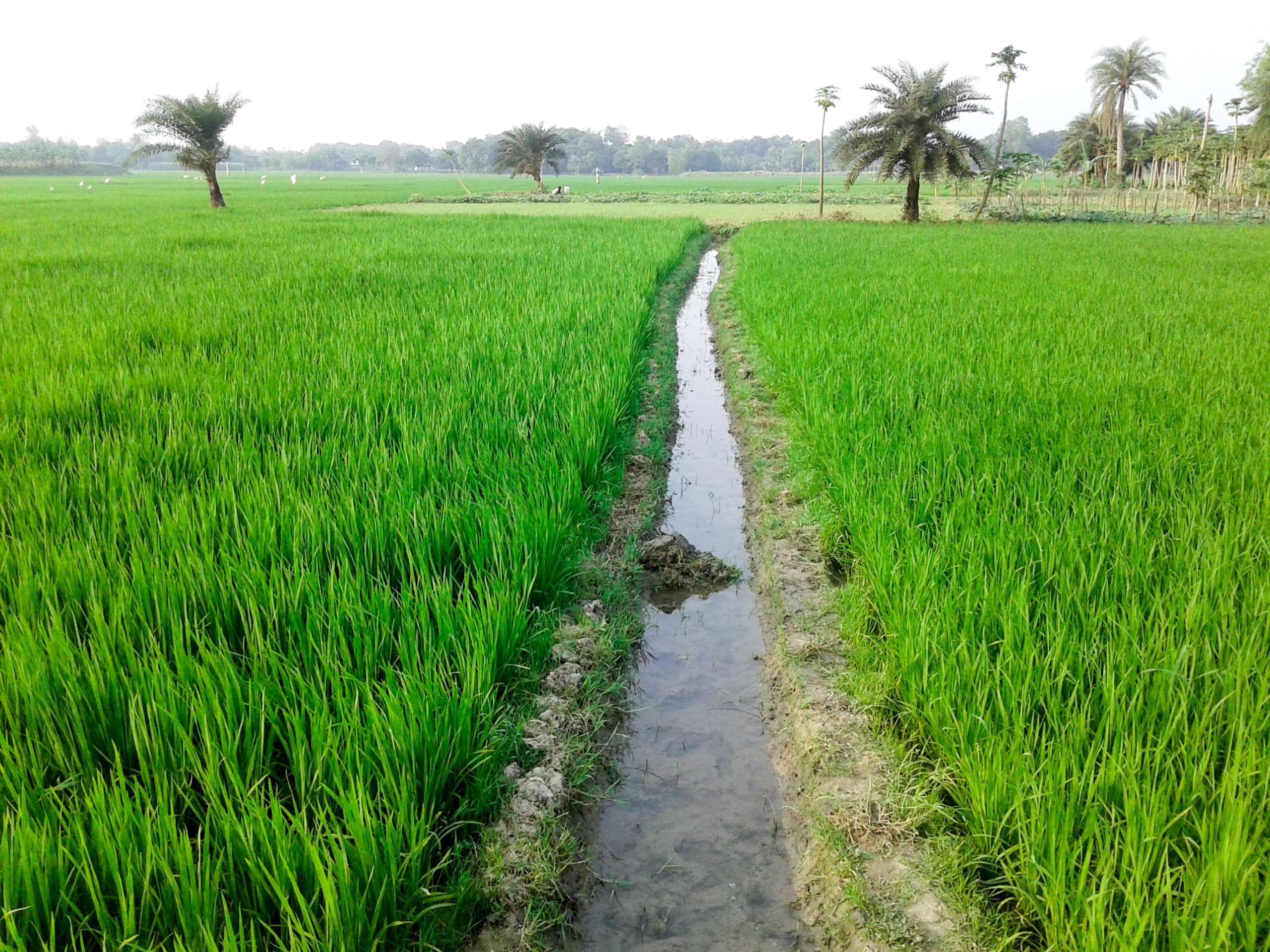Key Takeaways
Direct Seeding of Rice ( DSR) got boosted in Punjab by the state government allotted Rs 1,500 incentive per acre for farmers opting for Direct Seeding of Rice (DSR).
- Aim of Initiative
- In comparison to puddle transplanted rice, the government is encouraging DSR during the Kharif season this year to save 10 to 15% of irrigation water.
- DSR promotion will result in groundwater conservation, as well as reduced electricity usage and labour shortages for farms.
About Direct Seeding of Rice (DSR)
- Direct seeding is a technique in which a tractor-powered machine drills pre-germinated seeds directly into the field.
- DSR refers to the method of starting a rice crop from seeds planted in the field rather than seedlings transplanted from a nursery.
- Since the 1950s, it has been acknowledged as the primary method of rice cultivation in developing countries
- Advantages
- Water savings because under DSR, the initial irrigation (aside from pre-sowing rain) is only required 21 days after sowing.
- Less labour is required.
- Methane emissions reduction and global warming potential
- Soil structure is not disturbed.
- System productivity has increased.
- Disadvantages
- The biggest problem is herbicide availability.
- DSR also has a larger seed need than transplanting.
- Because land levelling is required in DSR, the cost rises.
- Early planting is necessary in the DSR approach because plants must emerge adequately before the monsoon rains arrive.
- In some soil types, the DSR approach is ineffective, and only transplanting methods can be used.
Difference Between Normal Transplanting of Paddy and Direct Seeding of Rice

Content Source : Indian Express



